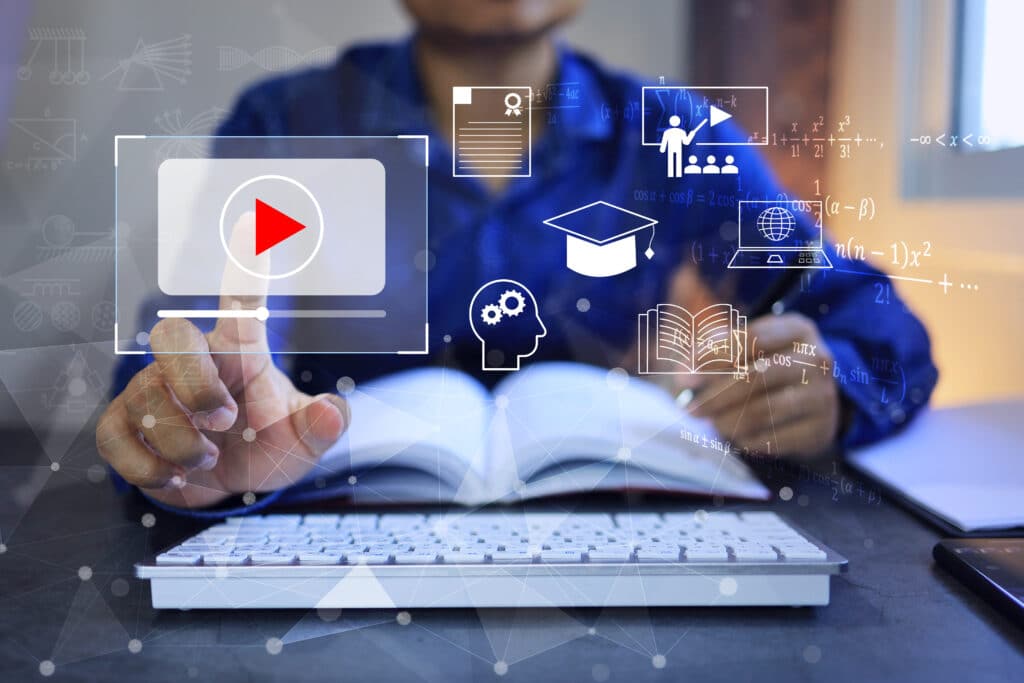There is widespread discussion about the emergence of AI and its growing influence across various sectors of the market. Increasing attention is being given to the challenges and risks posed by AI. However, this technology also impacts certain vulnerable groups, providing them with the opportunity to live differently—in other words, better than before. One such area is reading, which is arguably one of the most fundamental skills and daily activities. Therefore, the capabilities of artificial intelligence open doors for people who are unable to read conventional printed text.
AI Usage in Reading
Individuals with various disabilities, such as dyslexia, reading comprehension difficulties, cognitive, or visual impairments, often face challenges in reading normally. Some are entirely unable to see printed text, others struggle to identify individual words, while others have difficulty understanding the overall meaning of what they’ve read. As a result, these individuals are often unable to access a wide range of information or knowledge.
The application of artificial intelligence in the reading process can be broken down into several aspects.
Firstly, the use of speech synthesis. Text-to-speech systems allow users to listen to printed text, which is particularly beneficial for people with visual impairments. Additionally, for those with dyslexia, it can be very useful to have written text available while simultaneously listening to it, according to this study. This dual approach helps better absorb material and eases the reading process by eliminating the need to independently identify words.
NetGeist.ai are one of many companies who produce text-to-speech and speech-to-text software solutions.
Although some current programs offer relatively basic text-to-speech technology, this field is improving and becoming more refined—with more natural and clearer voices, a wider selection of languages, and options to adjust reading speed or choose the voice.
Secondly, for those who have difficulty understanding what they’ve read, AI can be employed to simplify the text. Algorithms can shorten sentences, explain complex words, or summarize content.
Furthermore, tools like Alexa, Google Assistant, and others can act as additional aids to help in reading and understanding unclear parts of a text.
It’s important to note that every disability involves different needs when it comes to reading written text. Therefore, AI-based technologies allow users to select specific areas where assistance is needed. It’s also crucial to have universal tools that provide all functionalities in one place, while still allowing individuals to select the most beneficial features according to their personal needs.
Examples
Microsoft offers a product called Seeing AI, designed for people with visual impairments. This multi-functional app essentially provides audio descriptions for any object, including written material. After scanning the required text with a phone, the user can hear what’s written and receive the necessary information.

There are also programs such as Read&Write and ClaroRead, which are multi-functional tools that include features like font customization, colour and contrast adjustments, and text highlighting as the system reads it aloud. These are extremely useful for individuals with dyslexia.
These programs make it easier and more accessible for people to read digital publications by allowing them to tailor the experience to their specific needs.
Final Word
The use of artificial intelligence for people with various disabilities can enhance opportunities and provide access to written materials that they might not otherwise be able to obtain. This demonstrates that technological advancements not only improve the user experience but also promote equality by ensuring free and unrestricted access to information without limitations or challenges.

